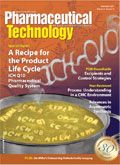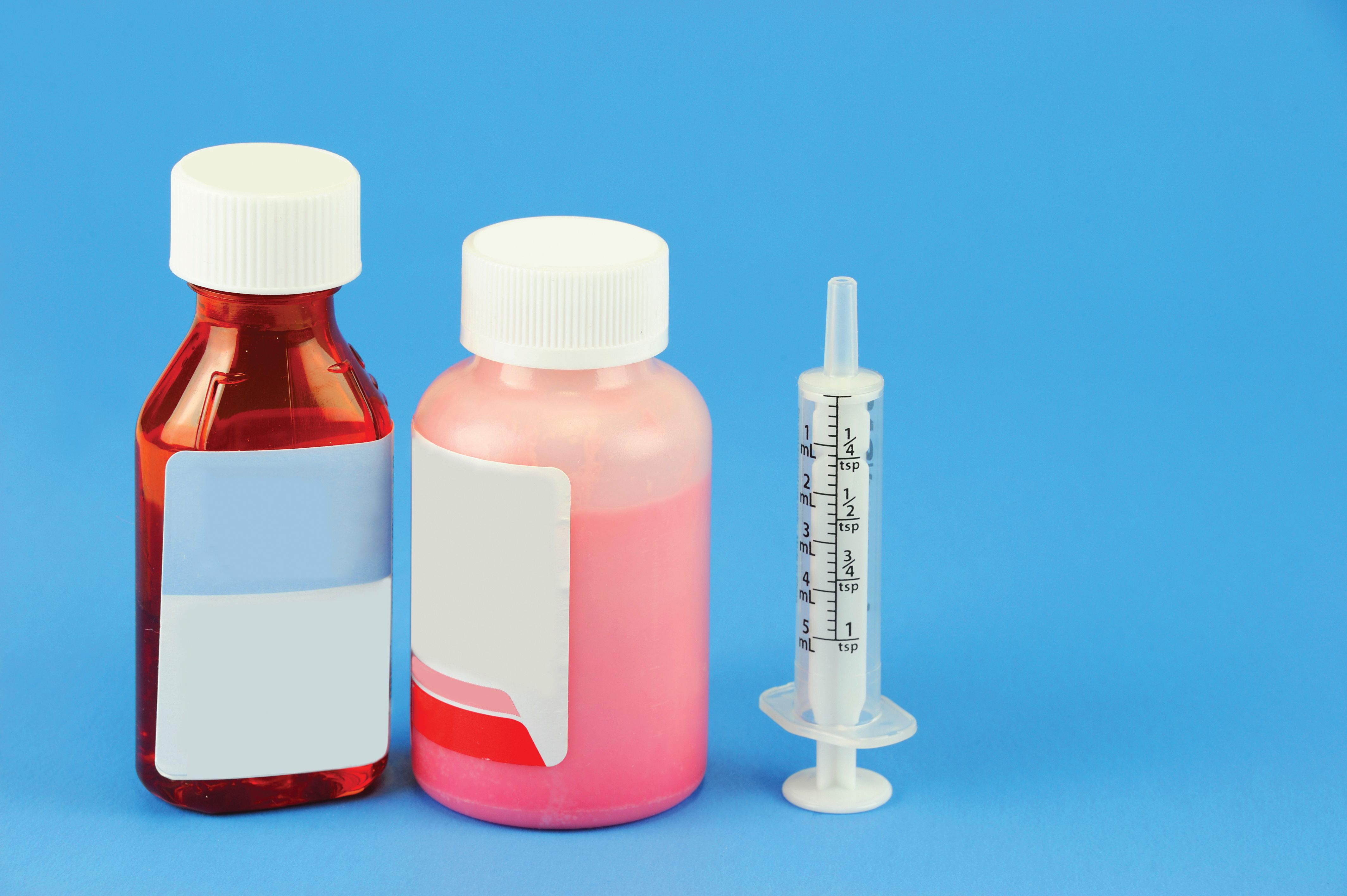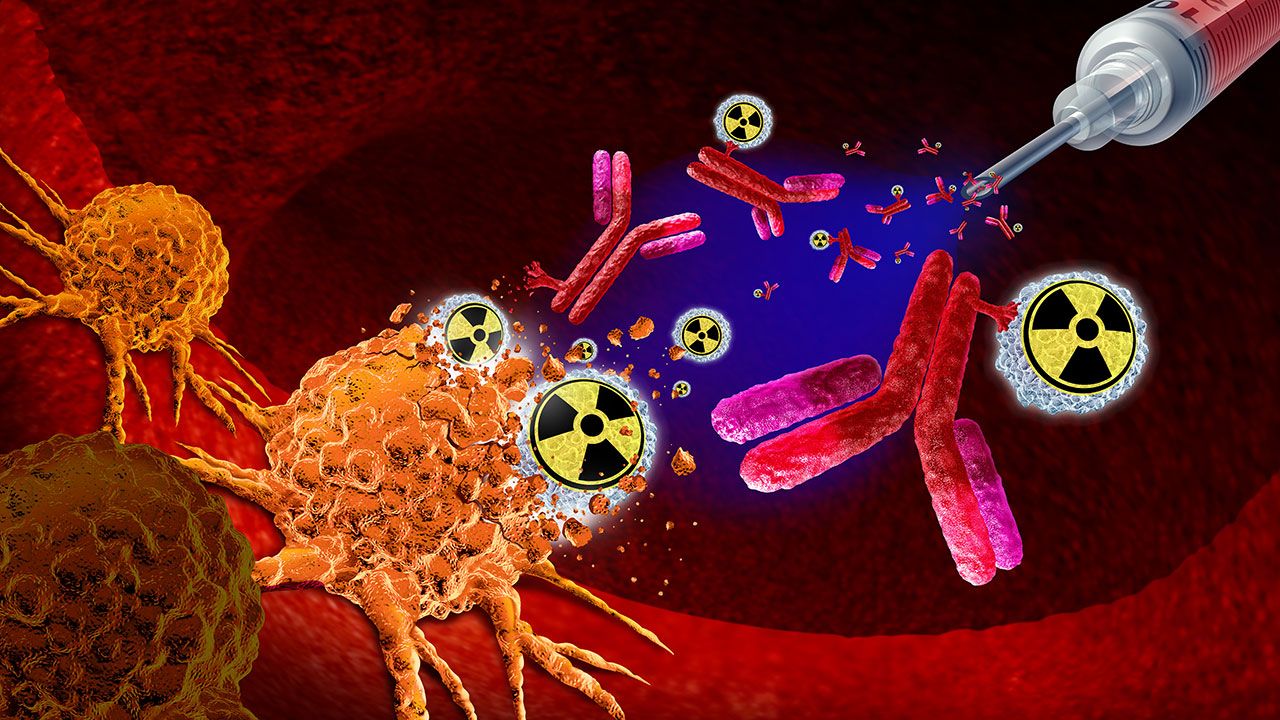Publication
Article
Pharmaceutical Technology
ICH-Q10: A Recipe for the Product Life Cycle
Author(s):
The draft guidance ICH Q10 for pharmaceutical quality systems is part of the ongoing move to a science- and risk-based approach in manufacturing.
The pharmaceutical industry's efforts to implement modern quality systems took a step forward with the International Conference on Harmonization of Technical Requirements for Registration of Pharmaceuticals for Human Use (ICH) issuing its draft guidance, ICH Q10 Pharmaceutical Quality System. The guideline describes the modern quality systems necessary to facilitate continual improvement over the life cycle of a medicinal product. The guideline is intended to augment existing good manufacturing practice (GMP) requirements in the ICH participating regions (the United States, Europe, and Japan) to create modern and robust quality systems.
Origins of ICH Q10
The genesis of ICH Q10 dates back to 2003 when ICH set the ICH Quality Vision. The guidelines, ICH Q8 Pharmaceutical Development (1), ICH Q9 Quality Risk Management (2), and ICH Q10 (3), are cornerstones of the ICH Quality Vision for creating a regulatory framework that is based on a harmonized pharmaceutical quality system, applicable across the life cycle of the product, which emphasizes an integrated approach to quality risk management and science.
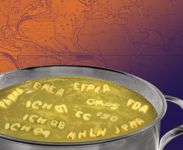
ILLUSTRATION: MELISSA MCEVOY, PHOTOGRAPHY: JIM SHIVE MAP: PHOTOS.COM
"It was decided to go to ICH Q10 to bring the ICH vision to fruition over the product life cycle," explains Joseph Famulare, deputy director of the Office of Compliance in FDA's Center for Drug Evaluation and Research (CDER). "The result is that firms that employ quality by design and use risk-management principles (ICH Q8 and ICH Q9) can use a robust quality system to manage change and continual improvement and this would lessen the need for post-approval filings, putting quality more in the hands of the manufacturer," he says.
Objectives of ICH Q10
The pharmaceutical quality system encompassed in ICH Q10 seeks to realize several crucial goals (4):
- Achieve product realization. The manufacturer seeks to consistently provide a product of the quality necessary to meet the requirements of patients, healthcare professionals, regulatory authorities, and internal customers.
- Establish and maintain a state of control. This goal is met by using effective monitoring systems for process performance and product quality to provide assurance of continued suitability and capability of process.
- Facilitate continual improvement by identifying and implementing necessary product-quality improvements, process improvements, variability reduction, innovations, and enhancements of the pharmaceutical quality system, thereby increasing the ability to consistently fulfill quality requirements. Risk management techniques may be used to identify necessary areas for improvement.
The foundation for ICH Q10
The proposed ICH Q10 describes a pharmaceutical quality system that is based on concepts from the International Organization on Standardization and GMP regulations (3). Regional GMP requirements and ICH Q7 Good Manufacturing Practice Guide for Active Ingredients form the foundation of ICH Q10 (3). The pharmaceutical quality system under the proposed ICH Q10 emphasizes four specific elements:
- Change-management system
- Process performance and product- quality monitoring system
- Corrective and preventive action (CAPA) system
- Management review of process and performance quality.
The guideline, which is optional, applies to drug substances and drug products, including biotechnology and biological products, throughout the product life cycle (3). This framework is outlined in Figure 1.
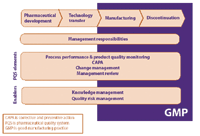
Figure 1: The framework, components, and application of a pharmaceutical quality system. (FDA AND GEORGES FRANCE, EFPIA)
"Q10 covers the life cycle from development to the termination of the product," explains Famulare. "All of the elements in ICH Q8 and ICH Q9 fall under this quality-system umbrella, which needs to be threaded and implemented throughout the life cycle." For example, the quality system provides firms the ability to mange within the design space as described in ICH Q8. The document is consistent with the elements of ICH Q7 applying to active pharmaceutical ingredients, notes Famulare.
"Q10 pulls all of these ideas together into process and product realization over the life cycle of the product. It provides for the utilization of knowledge over the commercial life cycle to serve as a means of continual improvement and back to development where this knowledge can be used for future development," says Famulare.
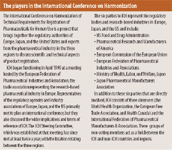
The players in the International Conference on Harmonization
The systems approach presented in ICH Q10 has a common theme with ICH Q8 and ICH Q9 in that it is centered on a science- and risk-based model, explains Jason Kamm, managing consultant at Tunnell Consulting (King of Prussia, PA).
"The ICH Q8 guidance on product development helps define the activities a company must show to demonstrate they understand their manufacturing processes and that proper controls are in place—the basic elements of the science-based approach," says Kamm. "Changes can therefore be made autonomously without previous approval of a regulating agency (inside the design space) based on demonstrated knowledge or understanding of the product or process. Since product development is an element of the product life cycle, ICH Q10's linkage to ICH Q8, which establishes the building blocks of the science-based approach, is clear."
ICH Q10 also complements the quality risk-management concepts embodied in ICH Q9. "The ICH Q9 guidance on the risk-based approach helps define the activities a company may take based on the use of risk management," says Kamm. These activities relate to items such as changes, release tests, and process controls and monitoring. "Throughout the product life cycle, whenever decisions are made, risk must first be identified, and systems must be in place to adequately control them," he says. "This allows for a departure from the mechanical nature of compliance in the past. Activities can be prioritized based on risk; more time is spent on areas of high risk, and less time is spent on areas of lower risk."
Kamm explains the main moving parts of a quality system include the handling of deviations, CAPA, release systems, and process monitoring and controls. These components rely on two concepts that are a common theme throughout ICH Q10: continuous improvement and the management of change resulting from these improvements. "ICH Q10 makes it clear that these elements apply not only to the product throughout its life cycle, but also to the quality system itself."
In addition to these components, ICH Q10 also defines the product life cycle to include product development, technology transfer, manufacturing and product discontinuation. "Continuous improvement involves elements such as cost savings, streamlining, and elimination of waste," says Kamm. "In addition, and perhaps more critically, continuous improvement allows for deeper process understanding throughout the product life cycle."
ICH Q10 and quality systems
The underlying principles of the pharmaceutical quality system in ICH Q10 are consistent with the effort by FDA when issuing its 2006 guidance on quality systems (5). That guidance was intended to help manufacturers implement modern quality systems and risk-management approaches to meet the requirements of the agency's CGMP regulations (5).
The FDA guidance on quality systems is is intended to serve as a bridge between the 1978 regulations and the agency's current understanding of quality systems (4, 5). FDA recognized that modern quality systems, when coupled with manufacturing process and product knowledge and the use of effective risk-management practices, can handle many types of changes to facilities, equipment, and processes without the need for prior approval regulatory submissions. Manufacturers with a robust quality system and appropriate process knowledge can implement many types of improvements. Moreover, lowering the risk of manufacturing problems through an effective quality system, may result in shorter and fewer FDA inspections (5). Figure 2 shows the interrelationship of the quality system to all other systems involved in manufacturing.
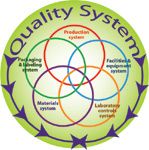
Figure 2: The interrelationship of the quality system to all other systems involved in manufacturing.
Many of the concepts embodied in the FDA's quality-system guidance are reflected in ICH Q10. "ICH Q10 represents the pharmaceutical quality system that compares very well with the quality-system guidance in terms of quality management, continual improvement, the use of data to be converted to knowledge for continual improvement, and the idea of ownership for quality and manufacturing being primarily the firm's responsibility," says FDA's Famulare.
The potential of ICH Q10
Demonstrating effective pharmaceutical quality systems and product and process understanding, including the use of quality risk-management principles (e.g., ICH Q8, ICH Q9, and ICH 10), offers important opportunities for the pharmaceutical industry to:
- Increase use of risk-based approaches for regulatory inspections
- Facilitate science-based pharmaceutical quality assessment
- Optimize science- and risk-based postapproval change processes to maximize benefits from innovation and continual improvement
- Enable innovative approaches to process validation
- Establish real-time release mechanisms (4).
What's next for ICH Q10
ICH has issued the draft ICH Q10 for public comment in the United States and European Union and is scheduled to do so shortly in Japan. Those comments will be delivered to the ICH meeting in spring 2008 in Brussels to consider for incorporation into the Step 2 draft. Step 2 of the ICH process is reached when the ICH Steering Committee agrees, based on the report of the Expert Working Committee, that there is sufficient scientific consensus on the technical issues for the draft guideline or recommendation to proceed to the next stage of regulatory consultation or Step 3. The next step is Step 4 or adoption of the ICH guideline. Step 4 is reached when the ICH Steering Committee agrees, on the basis of the report from the regulatory Rapporteur of the Expert Working Group, that there is sufficient scientific consensus on the technical issues. Step 4 is followed by Step 5 or implementation.

International effort: The Pharmaceutical Inspection Convention and Pharmaceutical Co-operation Scheme
"Depending on the number and extent of the comments we will see if we can achieve adoption in spring 2008," says Famulare. ICH's Expert Working Group will met in Yokohoma, Japan, in fall 2007 as feedback from the current public comment period is assembled.
References
1. ICH, ICH Q8 Pharmaceutical Development (ICH, Geneva, Nov. 10, 2005), www.ich.org/LOB/media/MEDIA1707.pdf, accessed Aug. 15, 2007.
2. ICH, ICH Q9 Quality Risk Management (ICH, Geneva, Nov. 9, 2005), www.ich.org/LOB/media/MEDIA1957.pdf, accessed Aug. 15, 2007.
3. ICH, ICH Q10 Draft Consensus Guideline Pharmaceutical Quality System (ICH, Geneva, May 9, 2007), www.ich.org/LOB/media/MEDIA3917.pdf, accessed Aug. 15, 2007.
4. J.C. Famulare, "Pharmaceutical Quality Systems, PQS, Enhanced by QbD for the Product Life Cycle," presented at the ISPE PQLI Workshop, Crystal City, VA, June 2007.
5. FDA, Guidance for Industry: Quality Systems Approach to Pharmaceutical CGMP Regulations (FDA, Rockville, MD, September 2006), www.fda.gov/cder/guidance/7260fnl.htm, accessed Aug. 1, 2007.
Newsletter
Get the essential updates shaping the future of pharma manufacturing and compliance—subscribe today to Pharmaceutical Technology and never miss a breakthrough.
